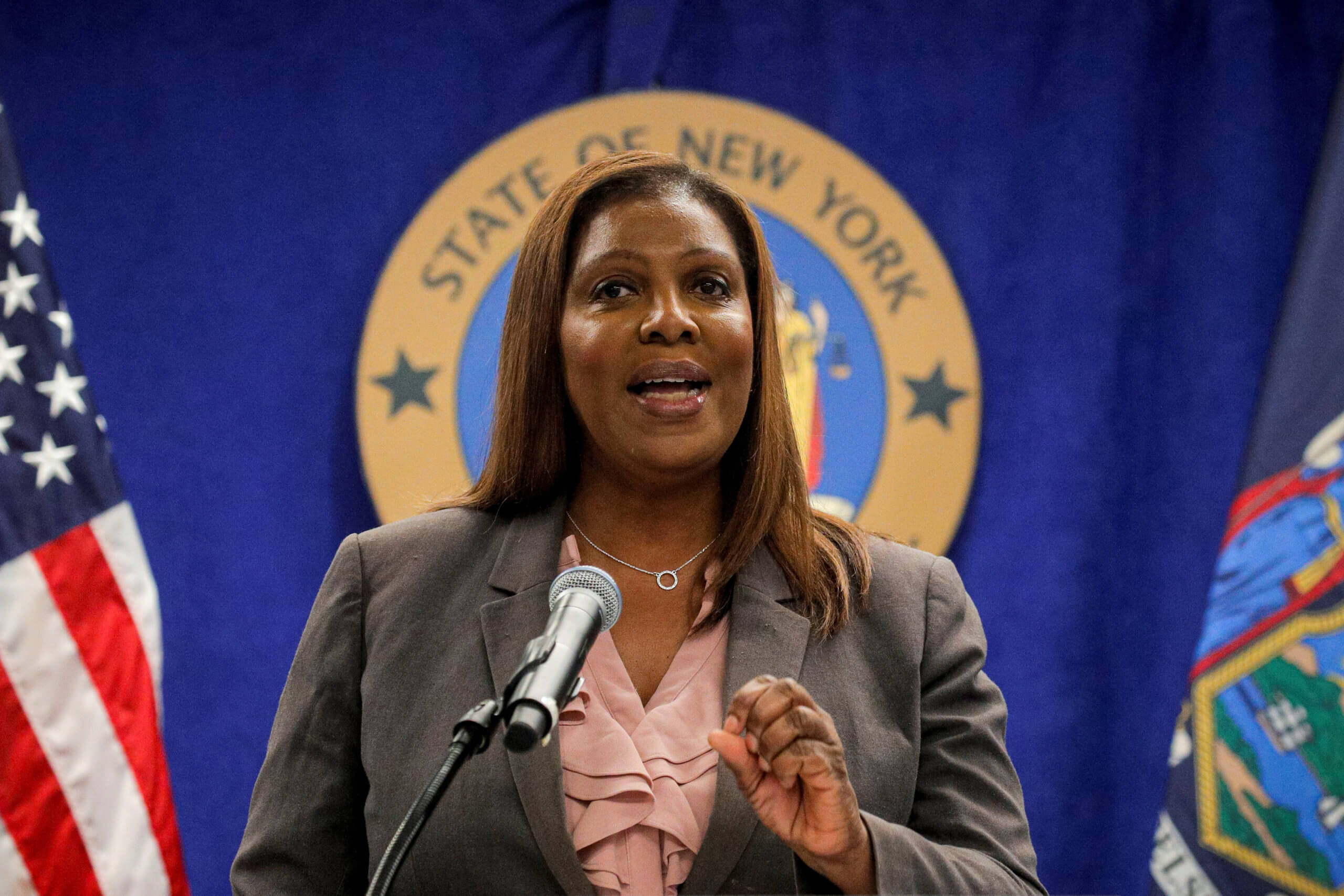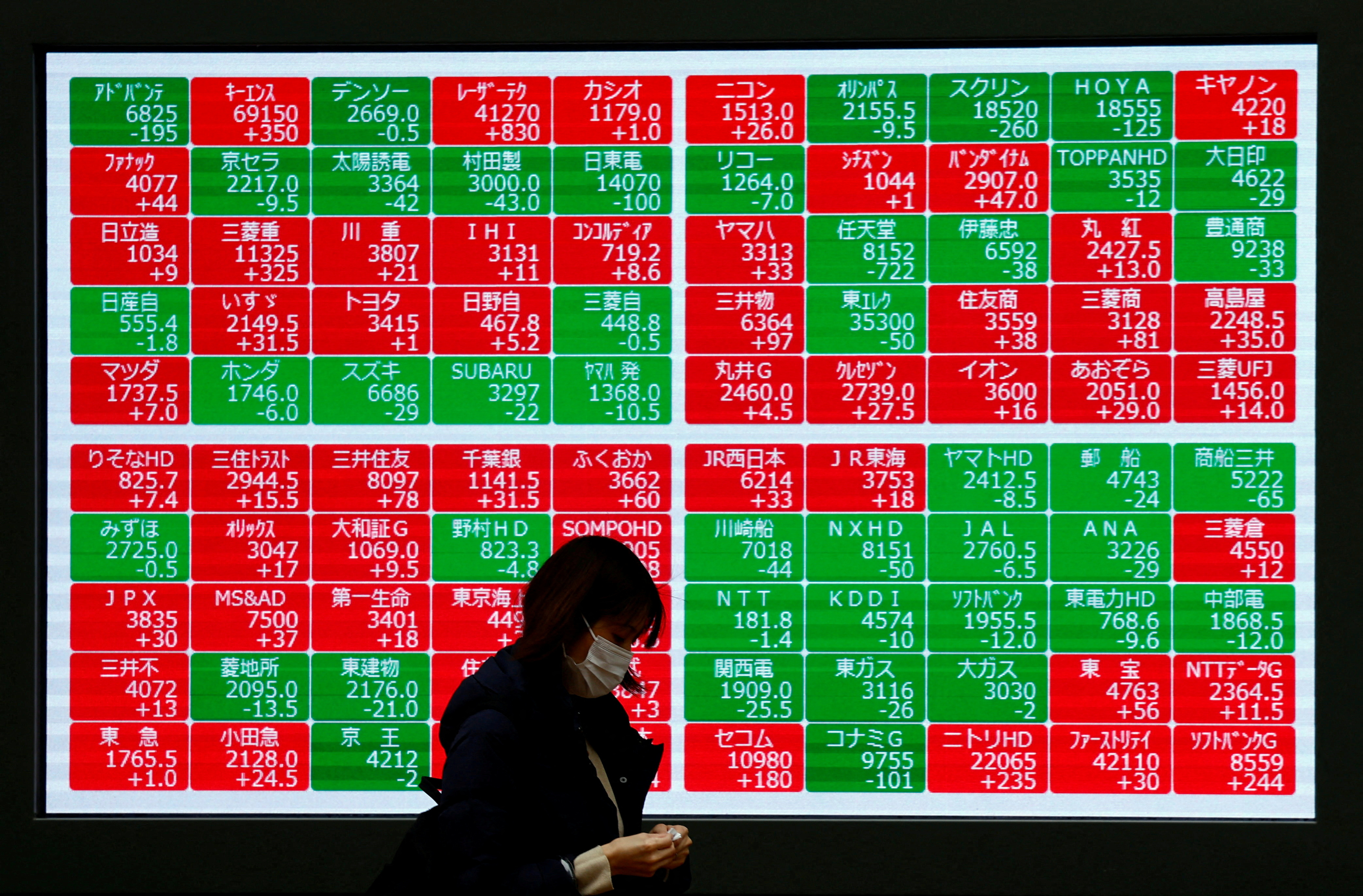
Global Financial Institutions Must Respond to the Needs of Developing Countries
By Macky Sall, Former President of Senegal and Special Envoy for the Paris Pact for People and the Planet
When reflecting on my 12 years as the president of Senegal, one lesson stands out: the international financial system is heavily biased against developing countries like my own.
No matter how sound our economic policies are, we are considered a risky investment. Our access to capital is limited and comes with exorbitant costs. Our fiscal and monetary policies are dictated by distant central banks. And when we attempt to voice our concerns, we find ourselves without a platform.
It took a global pandemic and the subsequent economic collapse to expose these flaws to the world. This prompted the United Nations and the International Monetary Fund (IMF) to call for a comprehensive reform of international financial institutions, known as a “Bretton Woods” moment.
However, for many of us in the developing world, these efforts have been insufficient. The multiple crises we face have not disappeared. In the past three years alone, 18 developing countries have experienced sovereign defaults, surpassing the number of defaults in the previous two decades combined.
Growing Global Inequalities
According to the World Bank, 60% of low-income countries are at high risk of debt distress or already experiencing it. Interest payments by these countries have quadrupled over the past decade due to rising global interest rates.
In order to meet debt repayments, low-income countries are cutting back on essential public services such as education and healthcare. This sacrifice hinders their ability to secure a better future.
Africa is now spending more on debt service than on climate resilience, estimated at $50 billion per year. The continent’s external debt reached $824 billion in 2021, with countries dedicating 65% of their GDP to servicing these obligations.
During the World Bank and IMF Spring meetings, the IMF warned that global inequalities were increasing, with poorer countries falling further behind.
The urgency to create a fairer and more responsive international financial system that represents the needs of the developing world has never been greater.
Last year, at a global summit convened by French President Emmanuel Macron, 32 countries, including Senegal, agreed on the Paris Pact for People and the Planet (P4).
Advocating for Inclusive Multilateralism
Our goals are clear: to eradicate poverty, preserve the planet, and equip vulnerable countries to tackle crises. To achieve this, we aim to mobilize all sources of financing, which is why reforming the international financial system is a top priority.
Instead of replicating existing efforts, we advocate for a new approach called “inclusive multilateralism.” This approach aims to bring together countries from all continents and income levels, bridging the divisions that have hindered previous initiatives.
As a platform, we have already made some progress. For example, our campaign for greater representation of developing countries in the governance of international financial institutions has been successful. Last October, the IMF approved the expansion of its Executive Board to include a third representative from Africa out of 25, strengthening the continent’s voice on economic and financial affairs.
However, there is still a long way to go. We are also urging governments to demand objective, transparent, and measurable criteria for rating agencies’ evaluations of sovereign risk. Research conducted by the United Nations Development Programme (UNDP) shows that these agencies consistently assign higher risk ratings to poor countries, regardless of their economic realities. This has resulted in African countries paying four times more for borrowing than the United States and eight times more than the wealthiest European economies. Ending this financial discrimination is crucial for our access to development and climate finance.
Another goal is to attract at least one euro in private funding for every euro of public funding spent on development, climate, and nature. We invite more countries to join the Paris Pact and rewrite the rules of global finance, giving developing countries a greater say in international financial institutions and mobilizing funding for sustainable growth.
By doing so, we hope to create a new global and inclusive financial order that is suitable for the 21st century.
SDGs, Targets, and Indicators
-
SDG 1: No Poverty
- Target 1.2: By 2030, reduce at least by half the proportion of men, women, and children of all ages living in poverty in all its dimensions according to national definitions.
- Indicator: Proportion of population living below the national poverty line.
-
SDG 3: Good Health and Well-being
- Target 3.8: Achieve universal health coverage, including financial risk protection, access to quality essential health-care services, and access to safe, effective, quality, and affordable essential medicines and vaccines for all.
- Indicator: Proportion of population with access to affordable essential medicines and vaccines on a sustainable basis.
-
SDG 4: Quality Education
- Target 4.1: By 2030, ensure that all girls and boys complete free, equitable, and quality primary and secondary education leading to relevant and effective learning outcomes.
- Indicator: Proportion of children and young people achieving a minimum proficiency level in reading and mathematics.
-
SDG 5: Gender Equality
- Target 5.5: Ensure women’s full and effective participation and equal opportunities for leadership at all levels of decision-making in political, economic, and public life.
- Indicator: Proportion of seats held by women in national parliaments and local governments.
-
SDG 8: Decent Work and Economic Growth
- Target 8.1: Sustain per capita economic growth in accordance with national circumstances and, in particular, at least 7 percent gross domestic product growth per annum in the least developed countries.
- Indicator: Annual growth rate of real GDP per capita.
-
SDG 10: Reduced Inequalities
- Target 10.1: By 2030, progressively achieve and sustain income growth of the bottom 40 percent of the population at a rate higher than the national average.
- Indicator: Growth rates of household income per capita among the bottom 40 percent of the population and the total population.
-
SDG 13: Climate Action
- Target 13.1: Strengthen resilience and adaptive capacity to climate-related hazards and natural disasters in all countries.
- Indicator: Number of countries that have integrated mitigation, adaptation, impact reduction, and early warning into their national policies, strategies, and planning.
-
SDG 16: Peace, Justice, and Strong Institutions
- Target 16.6: Develop effective, accountable, and transparent institutions at all levels.
- Indicator: Proportion of the population satisfied with their last experience of public services.
Copyright: Dive into this article, curated with care by SDG Investors Inc. Our advanced AI technology searches through vast amounts of data to spotlight how we are all moving forward with the Sustainable Development Goals. While we own the rights to this content, we invite you to share it to help spread knowledge and spark action on the SDGs.
Fuente: context.news

Join us, as fellow seekers of change, on a transformative journey at https://sdgtalks.ai/welcome, where you can become a member and actively contribute to shaping a brighter future.






